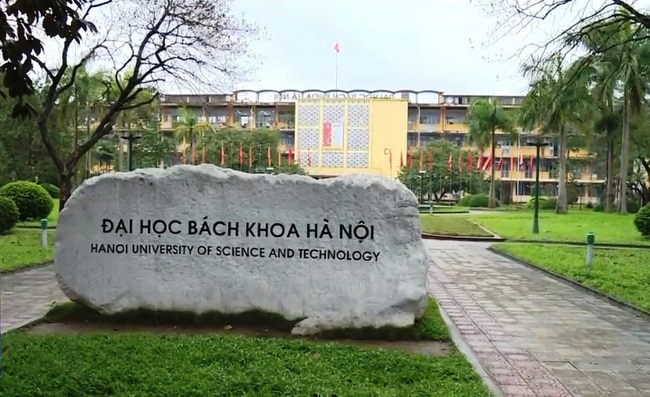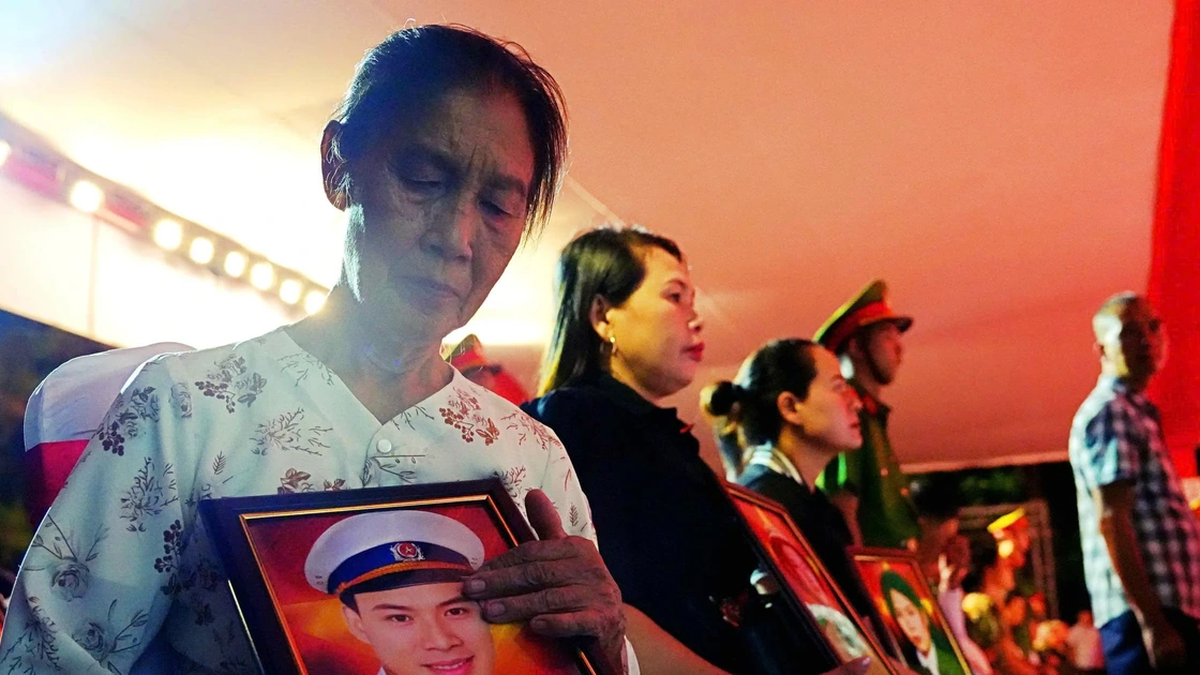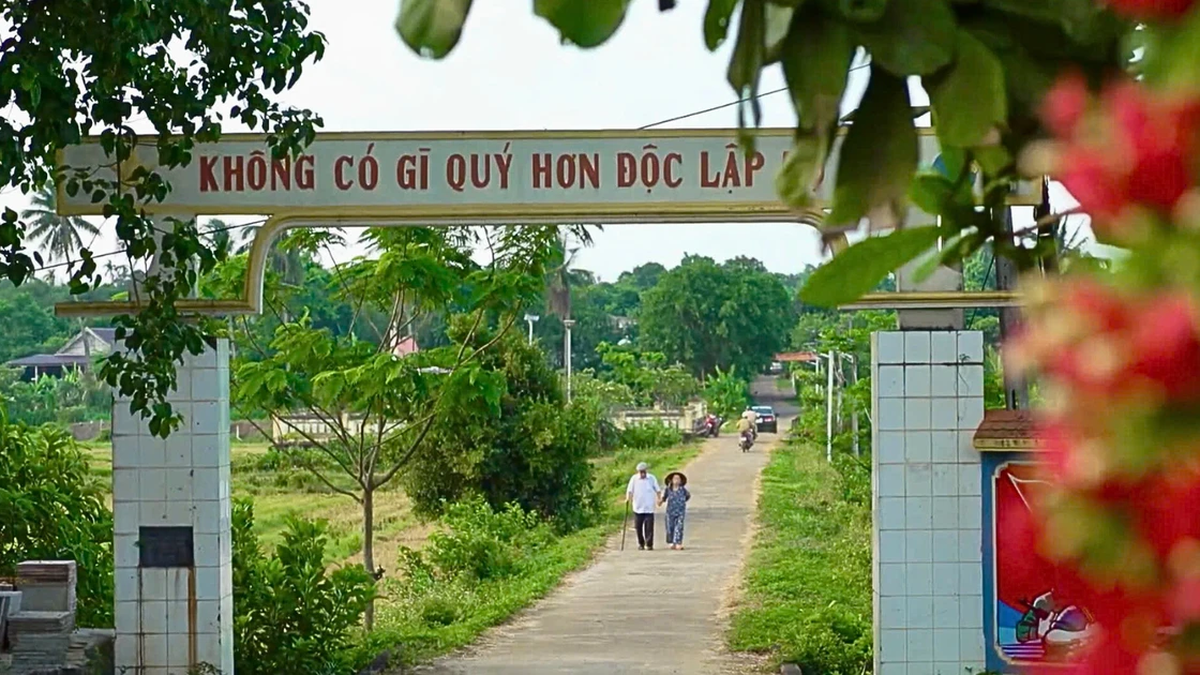According to the draft plan for the network of higher education and pedagogical institutions for the period 2021 - 2030 and vision to 2050, the Ministry of Education and Training said that currently the country has 244 higher education institutions, of which 172 are public institutions; 67 are non-public institutions (5 higher education institutions with foreign investment).
In addition, there are 20 pedagogical colleges (3 under the Ministry of Education and Training, 17 under localities).

Polytechnic University is planned to become a national university (photo TL).
The number of schools has increased significantly, but is not uniform among regions. Schools are mainly distributed in economically developed regions such as the Red River Delta (over 44%), the Southeast (over 18%), the lowest in the Central Highlands (1.6%); the Northern Midlands and Mountains (5.7%), the North Central and Central Coast (18.4%); the Mekong Delta (7.0%).
“The current network of higher education institutions is quite complicated with many governance models; state management of higher education institutions is fragmented because a high proportion of them are under ministries and branches (not the Ministry of Education and Training); the number of local universities is quite large while the training scale accounts for a very small proportion of the country's training structure,” the Ministry of Education and Training informed.
To date, Vietnam has 103 teacher training institutions. Most of these institutions are quite independent in their training activities, have not really formed a unified network, the interconnectivity in the system is still weak, and there is no sharing of resources to improve the quality and efficiency of the entire sector.
Most Vietnamese higher education institutions have small areas and low construction floor areas, especially in regions with high economic development levels such as the Red River Delta and the Southeast region.
By 2030, the entire university education system will lack about 3,041 hectares for all regions, mainly concentrated in the Red River Delta, nearly 1,132 hectares (Hanoi about 938 hectares) and the Southeast, 1,110 hectares (HCMC about 799 hectares).
According to the draft, the Ministry of Education and Training expects that by 2030, the country will have about 250 higher education institutions and 50 branches. Of these, there will be 30 key training institutions (including 5 national universities, 5 regional universities, and 18-20 key industry schools).
About 100 other key higher education institutions under ministries, branches, central and local agencies; at least 70 private higher education institutions. Of which, 3 more national universities will be developed on the basis of Hue University, Da Nang University and Hanoi University of Science and Technology, together with Hanoi National University and Ho Chi Minh City National University.
Regarding teacher training schools, the Ministry plans to reorganize them in a streamlined manner, based on capacity and reputation, and the ability to meet the requirements of developing teaching staff in localities, regions and the whole country. By 2030, the country will have about 50 higher education institutions training teachers at all levels. Of these, 11 schools will play a core role with about 50% of the total scale of teacher training nationwide.
These schools are: Hanoi Pedagogical University, Pedagogical University 2, Ho Chi Minh City Pedagogical University, University of Education (under Hue University, Thai Nguyen University, Da Nang University), University of Education (Vietnam National University, Hanoi), Vinh University, Quy Nhon University, Tay Nguyen University, Can Tho University.
According to this draft, public universities that do not meet the Ministry's standards will be restructured, with investment focused on meeting standards within 3-5 years; merged into other schools; or suspended before 2028 and dissolved before 2030. The same will be done with university branches that do not meet standards.
In the coming time, the Ministry of Education and Training has a policy of not establishing new public universities, except in the following cases: necessary to establish in some regions with low university access, specifically the Northwest, Northeast, Central Highlands, and Mekong Delta.
Source


































































































Comment (0)